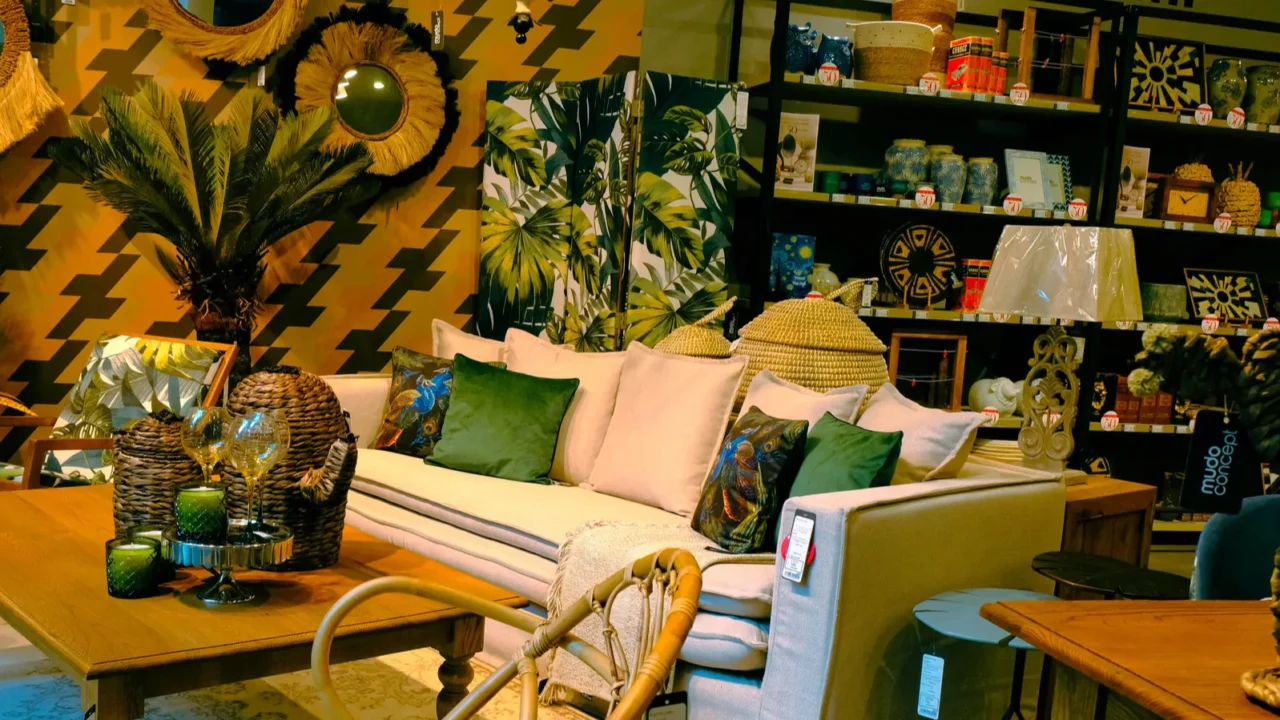
When Maximalism Stops Being Magical
Maximalist decor can feel exciting at first with bold patterns, layered textures, and statement pieces everywhere. But when there’s no pause or balance, it turns into something else entirely. Instead of cozy and expressive, the space starts to feel loud, stressful, and hard to live in.
Of course, maximalism means different things to different people, what feels overdone to one person might feel just right to another. That said, here are a few things you might want to reconsider. Swipe through to see if your space is confidently maximalist or just maxed out.
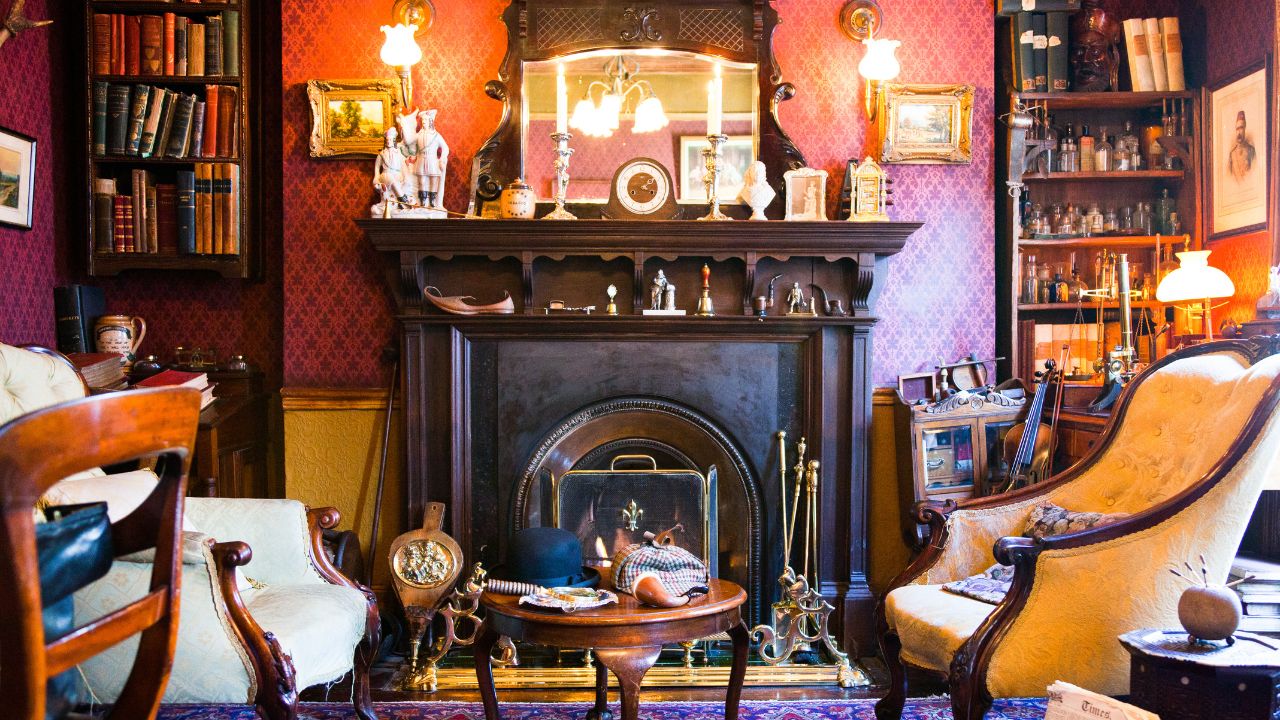
When Every Surface Has Something on It
If your shelves, tables, mantels, and countertops are all occupied by candles, vases, books, figurines, trays, and trinkets, it’s probably too much. Styling every inch of your space can blur the line between curated and cluttered.
Surfaces need breathing room, just like people do. A few statement pieces can speak louder than an army of small ones. Leave some areas intentionally empty to create contrast and allow the eye to rest.
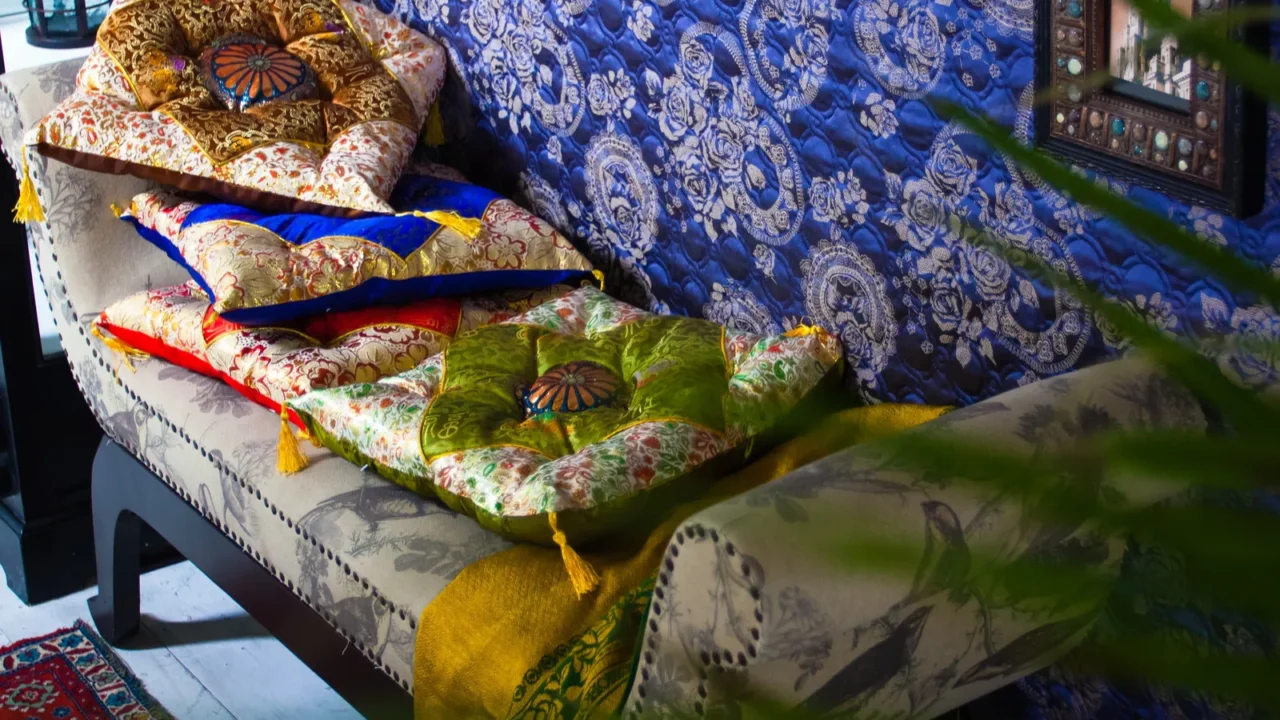
Too Much Texture
Throw pillows are fun until they become a full-blown invasion. If guests have to toss them aside just to find a seat, your living room might be suffering from a soft-textile overload.
It’s tempting to layer textures and colors, especially in a maximalist home, but function should never be sacrificed. Choose pillows with purpose: different shapes, a range of textures, or playful prints that still allow your sofa’s silhouette to show.
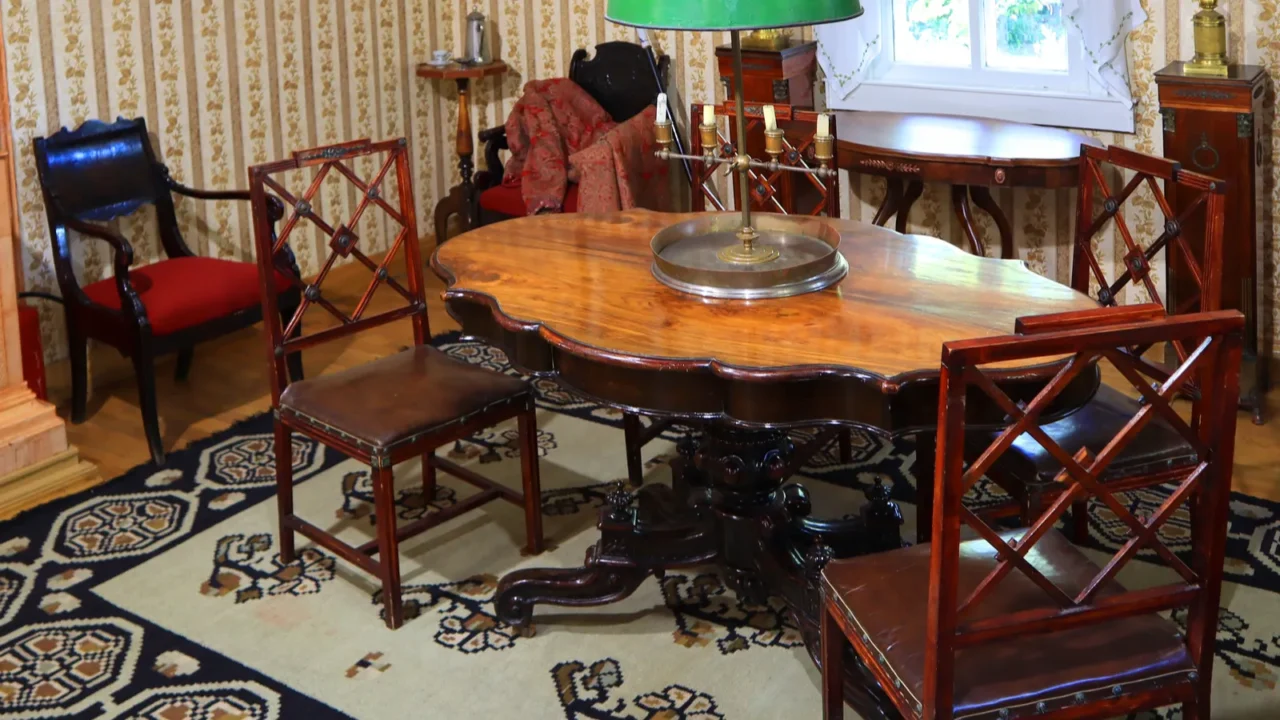
Lacking a Sense of Movement
Great rooms guide your eyes naturally from floor to ceiling, from one zone to the next. But when there’s no clear flow, even bold decor starts to feel heavy and confusing. If your space feels like a series of unrelated stops with no visual journey, you’ve lost movement.
Movement isn’t about minimalism, it’s about rhythm, scale, and how each piece interacts with the next. Always mix and match the height, texture, and color intensity across the room.
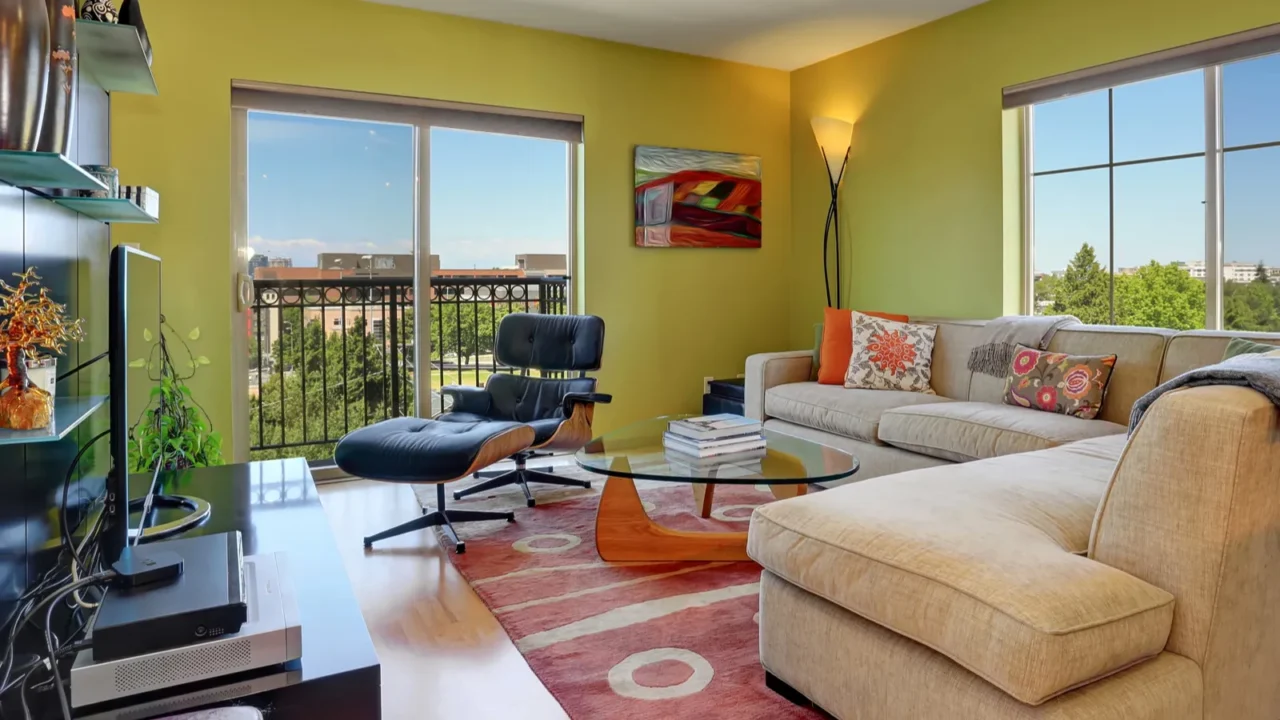
Mismatched Instead of Layered
There’s a huge difference between artfully layered and randomly mismatched. Layering involves thoughtful combinations; for instance, when you combine vintage with modern, bold with neutral, or ornate next to minimal.
But mismatching is what happens when styles clash with no plan. If your room feels more confusing than collected, it’s probably missing a unifying thread. That could be a recurring color, repeated material, or stylistic motif. When layered right, a room feels rich. When mismatched, it feels chaotic.
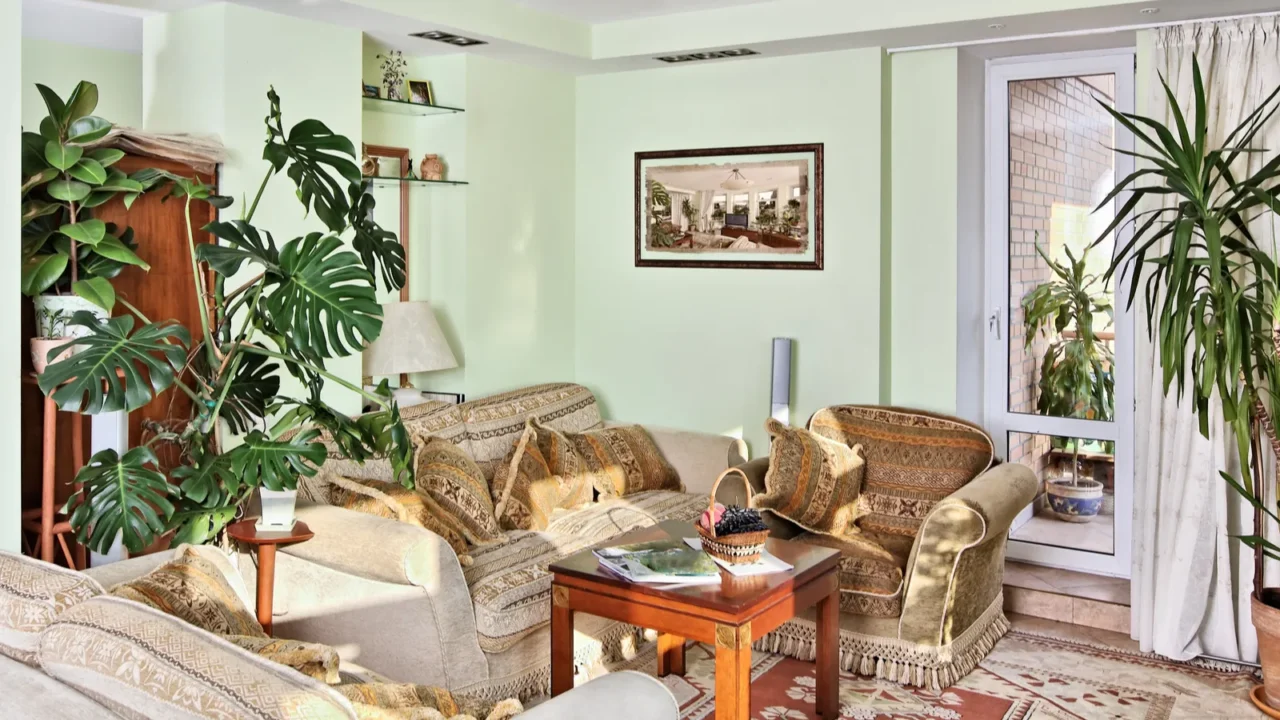
A Room Without a Hero Piece
Every well-designed room, maximalist or not, needs a hero piece. That standout item that anchors the space and gives the eye a place to land. Without one, your room might feel busy but directionless.
Whether it’s a vintage velvet sofa, a bold art piece, or a dramatic chandelier, your hero piece should reflect your personality and set the tone. Once you’ve chosen your standout, everything else should support or contrast it in a deliberate way.
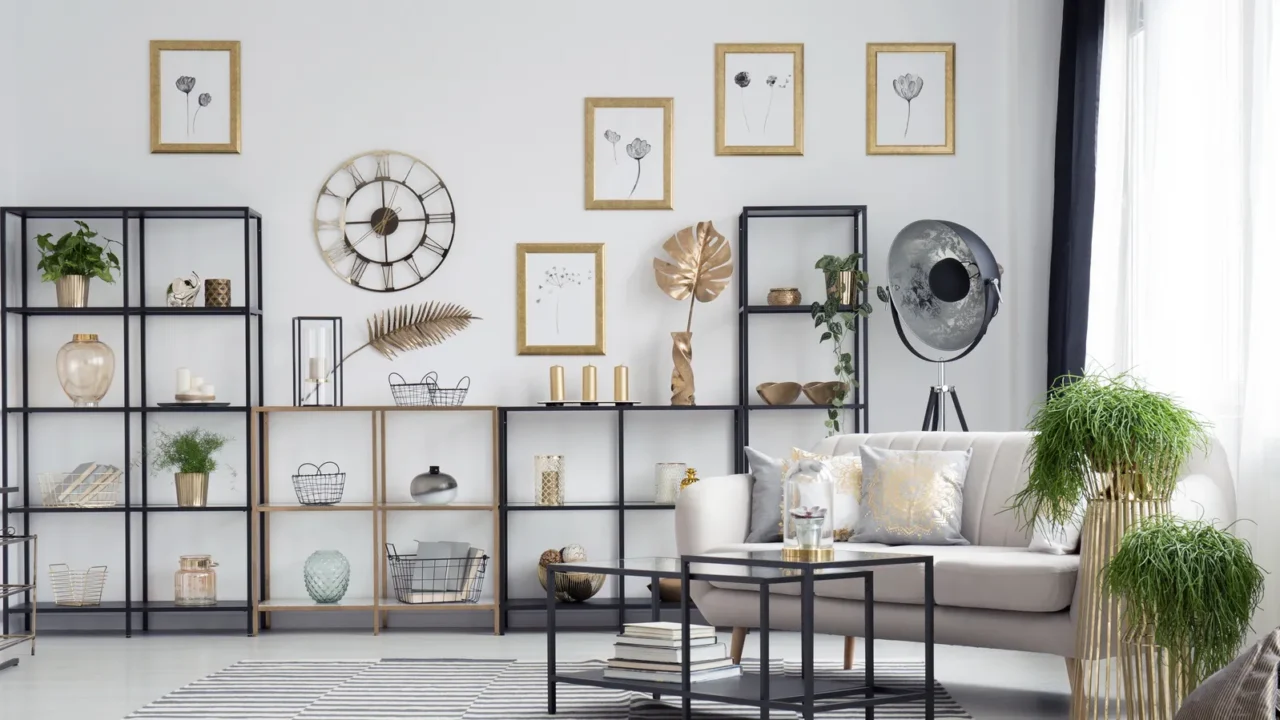
No Purpose
Maximalism is not a free pass to throw in everything you like just because you like it. Purpose still matters. If your space feels like a collection of beautiful things without any real flow or reason, it’s time to edit.
Ask yourself: Does this piece add to the story of the room? Is it balancing, anchoring, or elevating something else? Or is it just there? Maximalism works best when it’s emotionally driven and design-smart. If it doesn’t serve a function or add personality, it’s just filler.
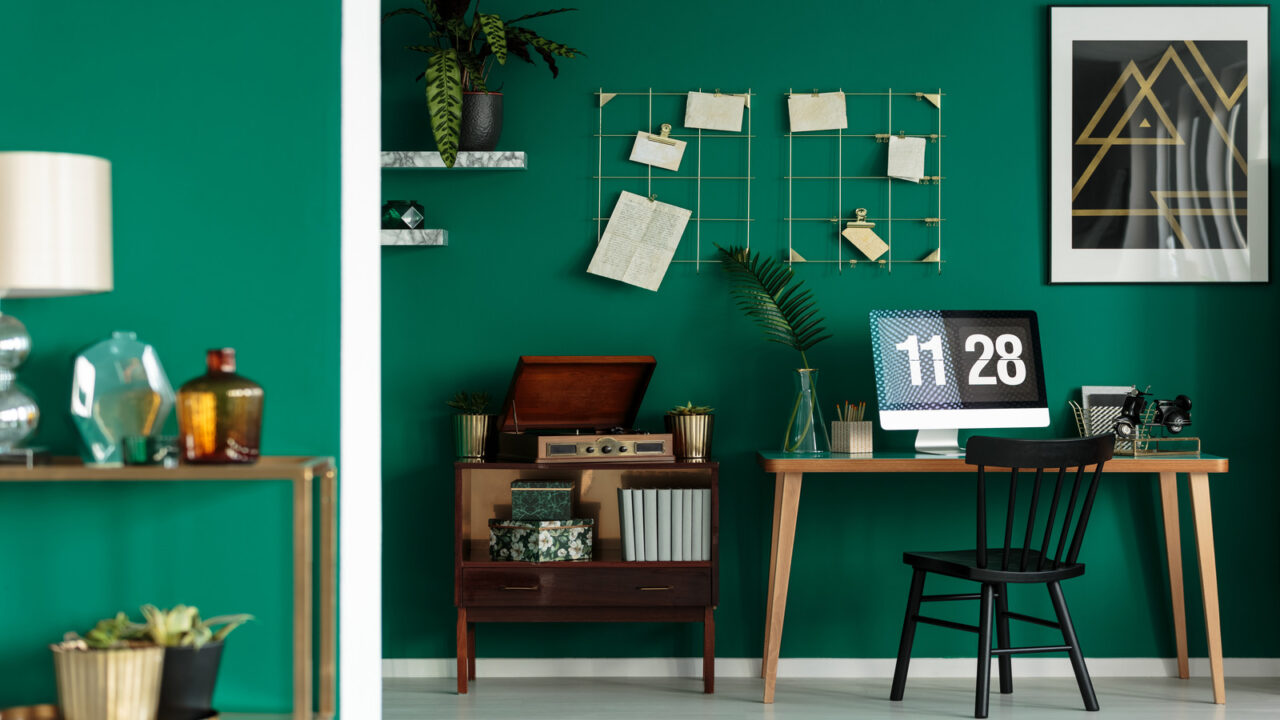
Bold Doesn’t Mean Busy
It’s easy to confuse bold choices with being over-the-top. But being daring doesn’t mean crowding your space with every loud pattern or oversized item you come across. When bold becomes busy, the room loses focus and starts to feel chaotic.
A maximalist room should surprise and delight, not make your guests wonder where to look first. Choose your moments: a dramatic wallpaper, a punchy rug, or a colorful gallery wall. Then give that moment space to shine.
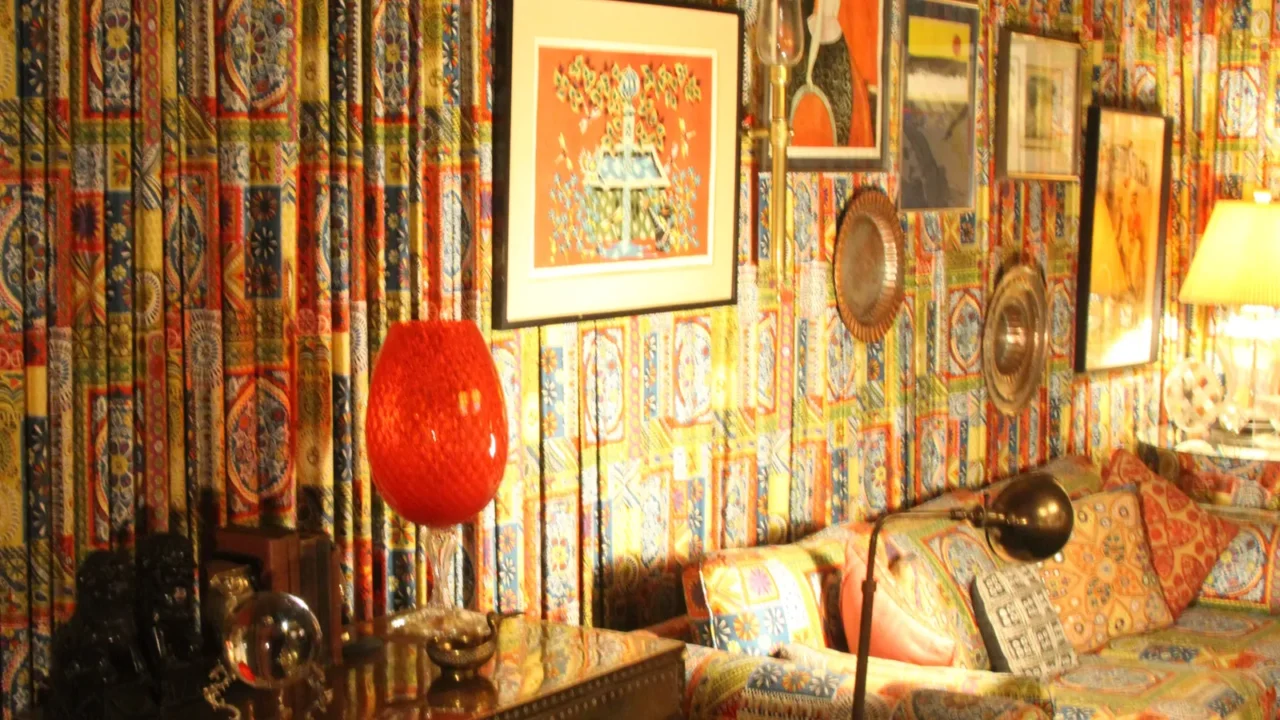
Every Wall Doesn’t Need Art
Gallery walls are fabulous. But when every wall has something on it, wallpaper, art, mirrors, macramé, shelves, signs, it can start to feel like visual overkill. Walls need breathability too. Leaving one or two clean helps ground the space and creates contrast for your statement walls.
Don’t fall into the trap of thinking empty equals unfinished. In fact, strategic negative space is one of the strongest tools in a maximalist’s toolkit.
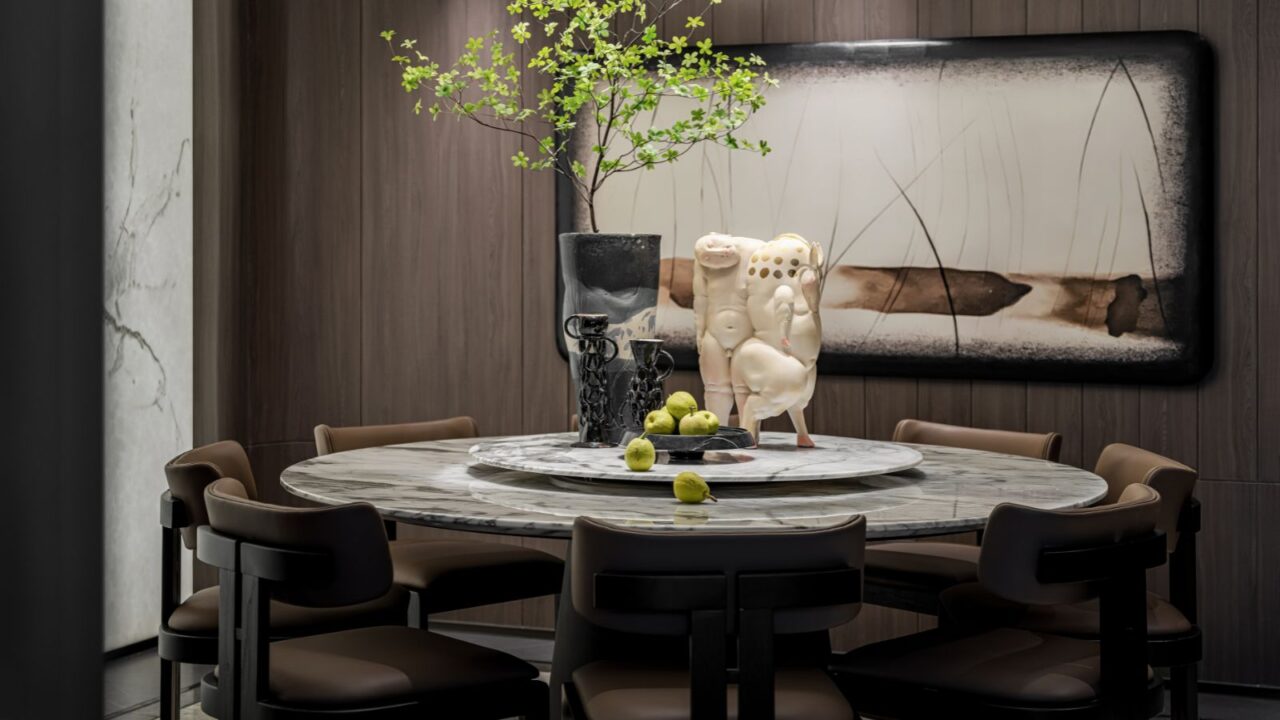
Design Identity Crisis
When every trend, color, or texture is crammed into a single room, the result often looks more confusing than cozy.
This might give away that you’re not even clear on what design direction you truly want to go with, making the space feel more like a showroom of indecision than a home. A good rule of thumb: if you can’t name the vibe of your space in one sentence, it might be time for a style reset.
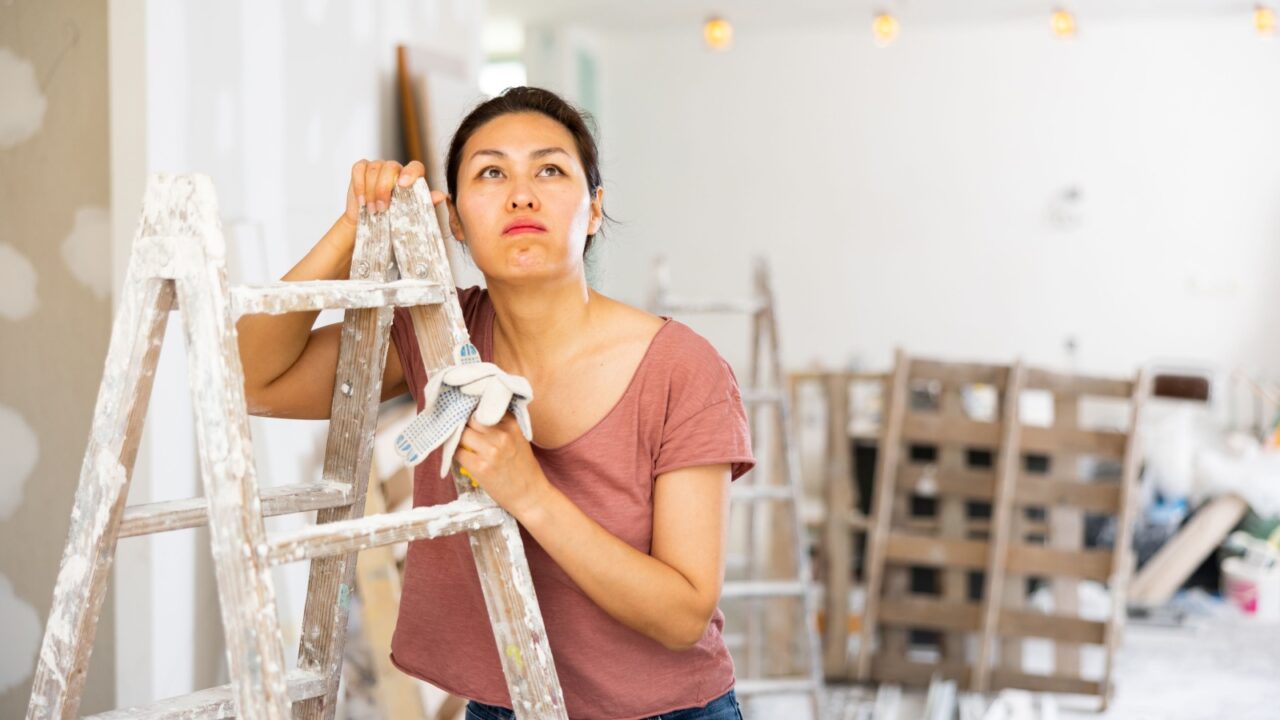
When Decluttering, It Feels Like a Chore
If tidying up feels more like tackling a warehouse than refreshing your space, it’s time to reassess. Maximalist design should bring joy. When you have to move five things just to wipe a surface, or you avoid cleaning altogether because it feels too overwhelming, the decor has crossed a line.
And remember, simplifying doesn’t mean you’re stripping away the personality of your maximalist room; it means you are curating everything with intention.
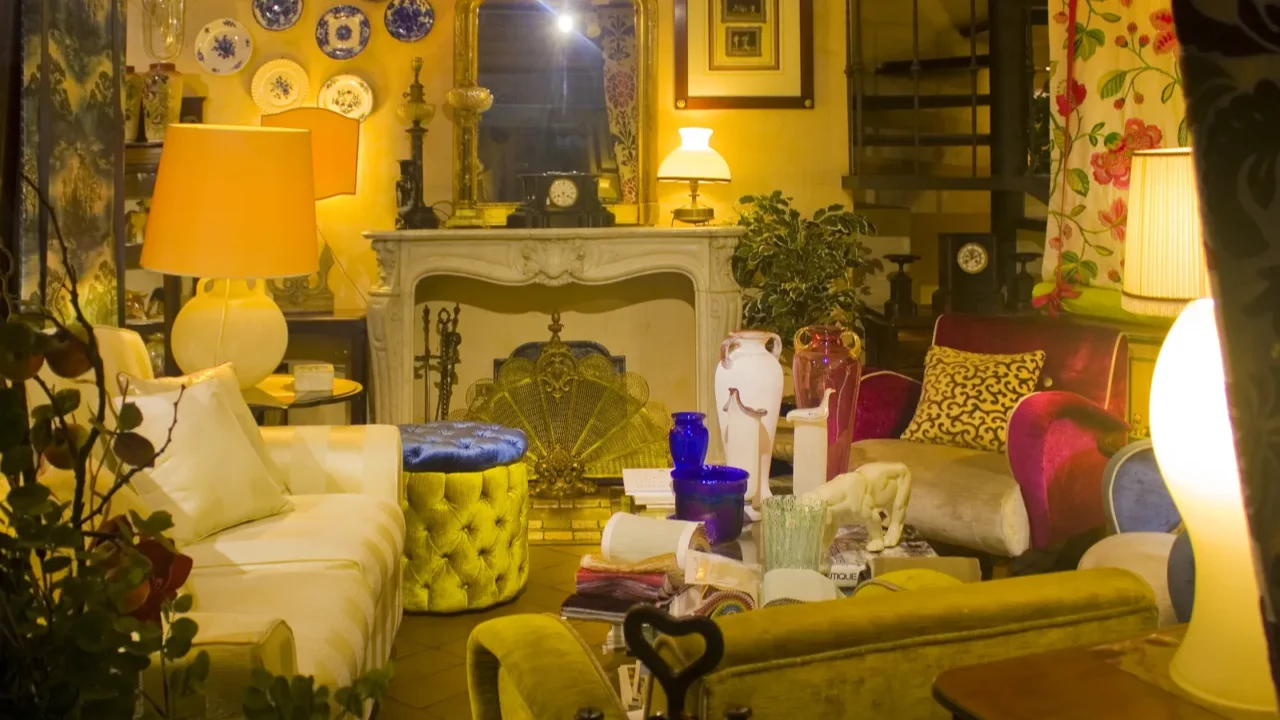
Lighting That Competes, Not Complements
Lighting can make or break the vibe, especially in a layered space. But if your lamps, sconces, chandeliers, and neon signs are all battling for attention, the room ends up feeling like a showroom.
Good lighting in maximalist design should complement the mood, highlight the best features, and create zones of interest. Choose lighting like you choose jewelry for an outfit, as it should enhance your room vibes instead of overpowering it.
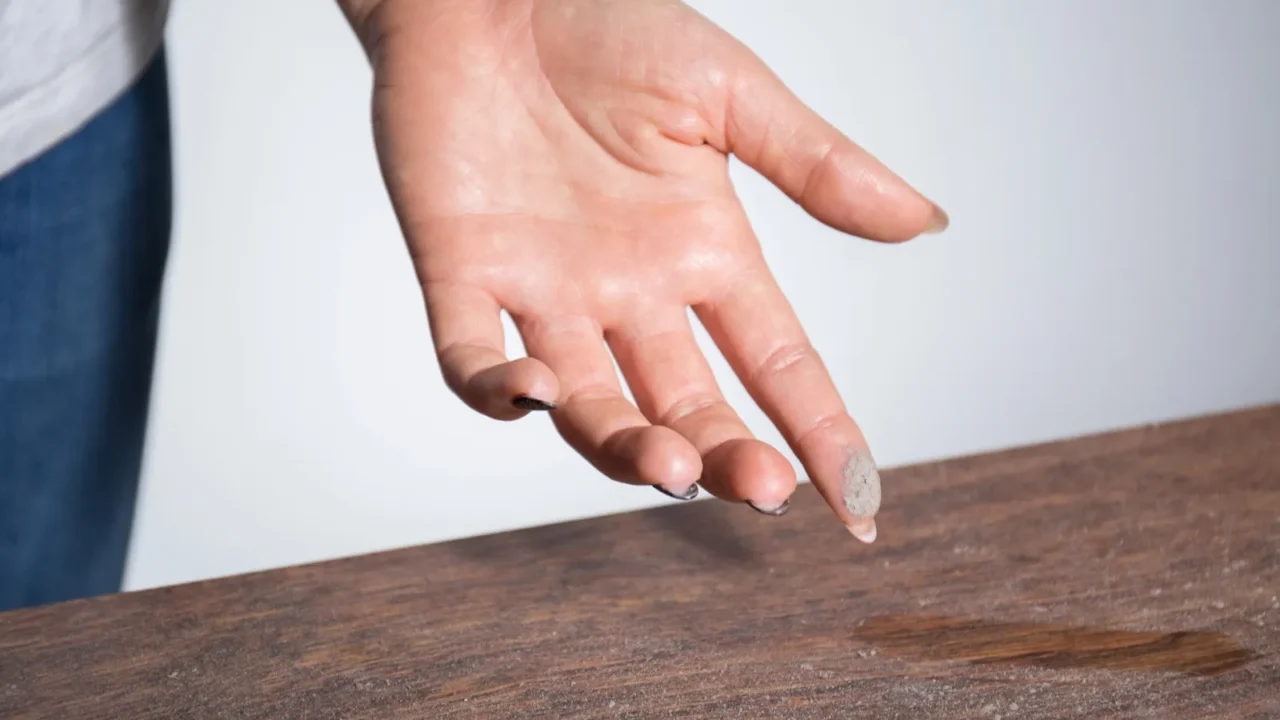
Dust Traps and Allergy Triggers
Maximalist rooms filled with ornate objects, layered fabrics, and stacked books can quietly become health hazards. More stuff means more surfaces for dust, pet dander, and allergens to settle. This affects your air quality and can exacerbate allergies or asthma.
It may be time to scale back if your space constantly feels musty or triggers sneezing fits.
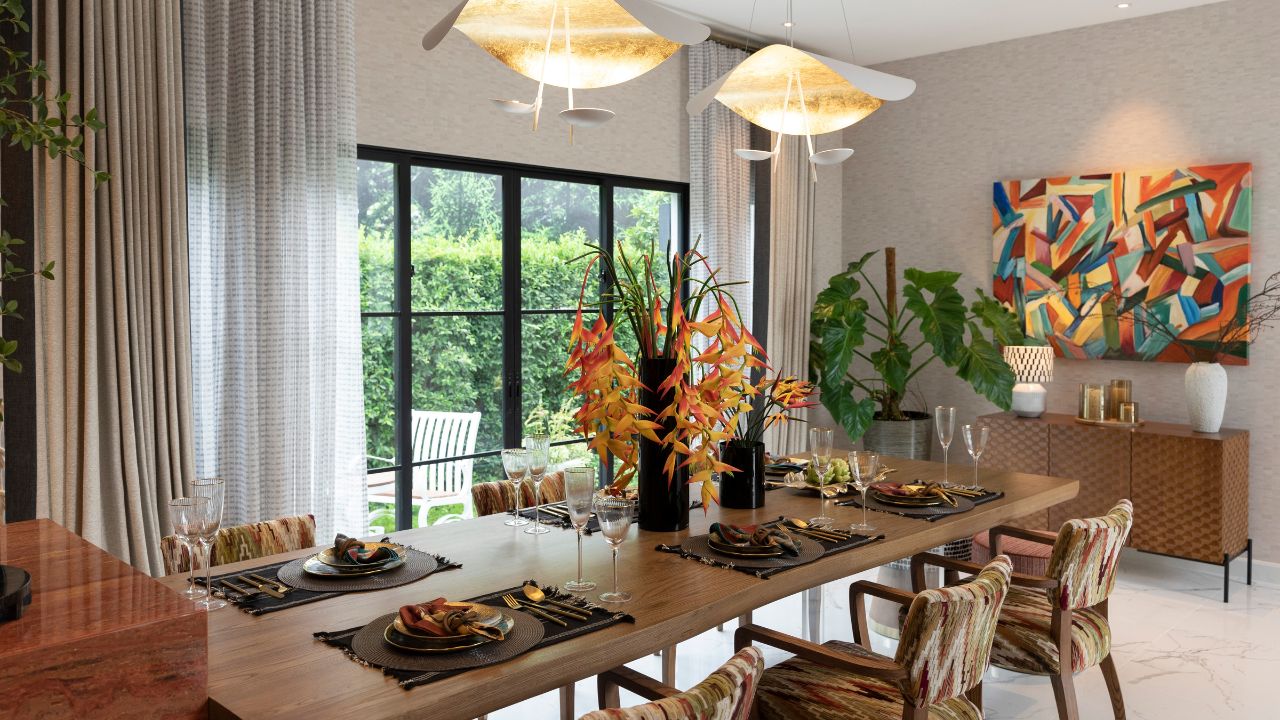
Decorating for Likes, Not for Life
Not everyone falls into this trap, but let’s be honest, sometimes, without even realizing it, we design for the photo rather than for real life. It’s tempting to chase what looks great on Instagram or Pinterest, but if your space is more photogenic than functional, it might be overdecorated.
Maximalist style should feel personal and lived-in, not just pretty in pictures. If you’re hesitating to sit on the sofa or light a candle because it might “mess things up,” your space is serving the algorithm, not you.
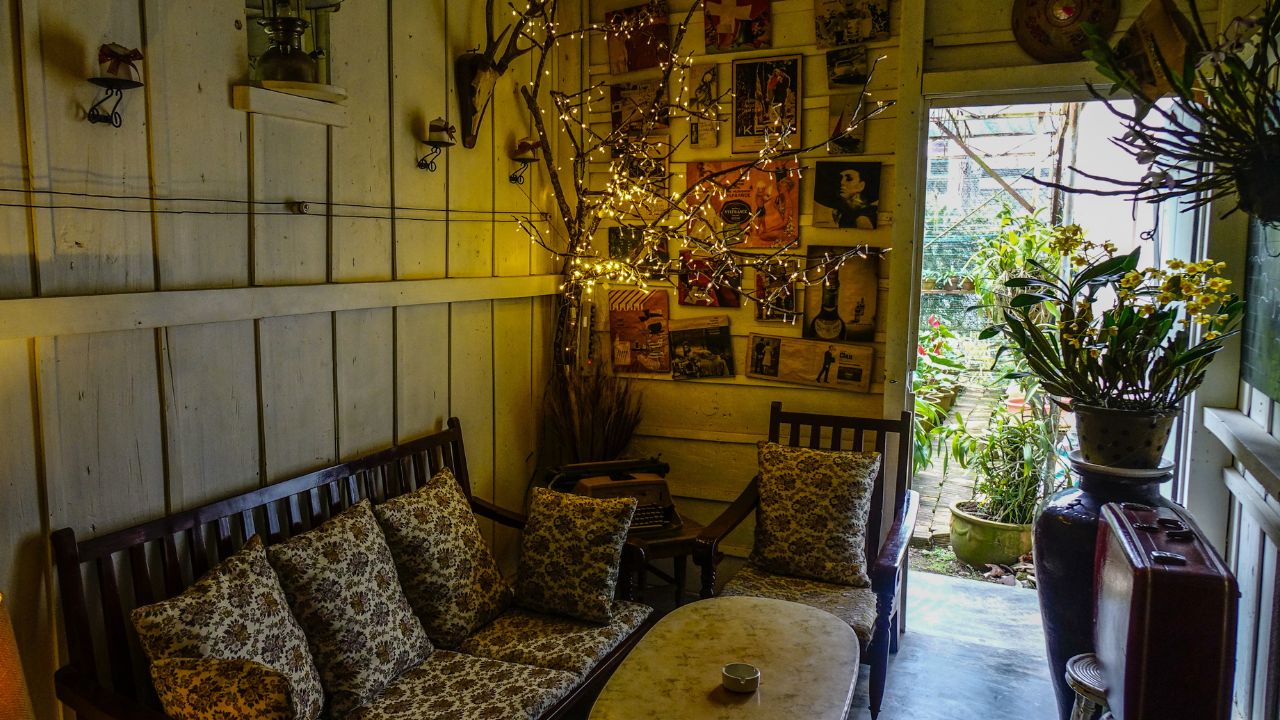
Overwhelming, Not Energizing
Maximalism should spark joy, not stress. If walking into a room makes your brain feel fried instead of fired up, that’s a problem. Good design, no matter how bold, should still feel energizing.
Overdecorated spaces can overload the senses, leaving you drained instead of inspired. Ask yourself: Do I feel calm and creatively charged here, or do I want to escape? If the latter, it’s time to strip back and rebuild.
Learn how to reduce overstimulation and bring back balance with calm, grounded interiors that still reflect your personality.
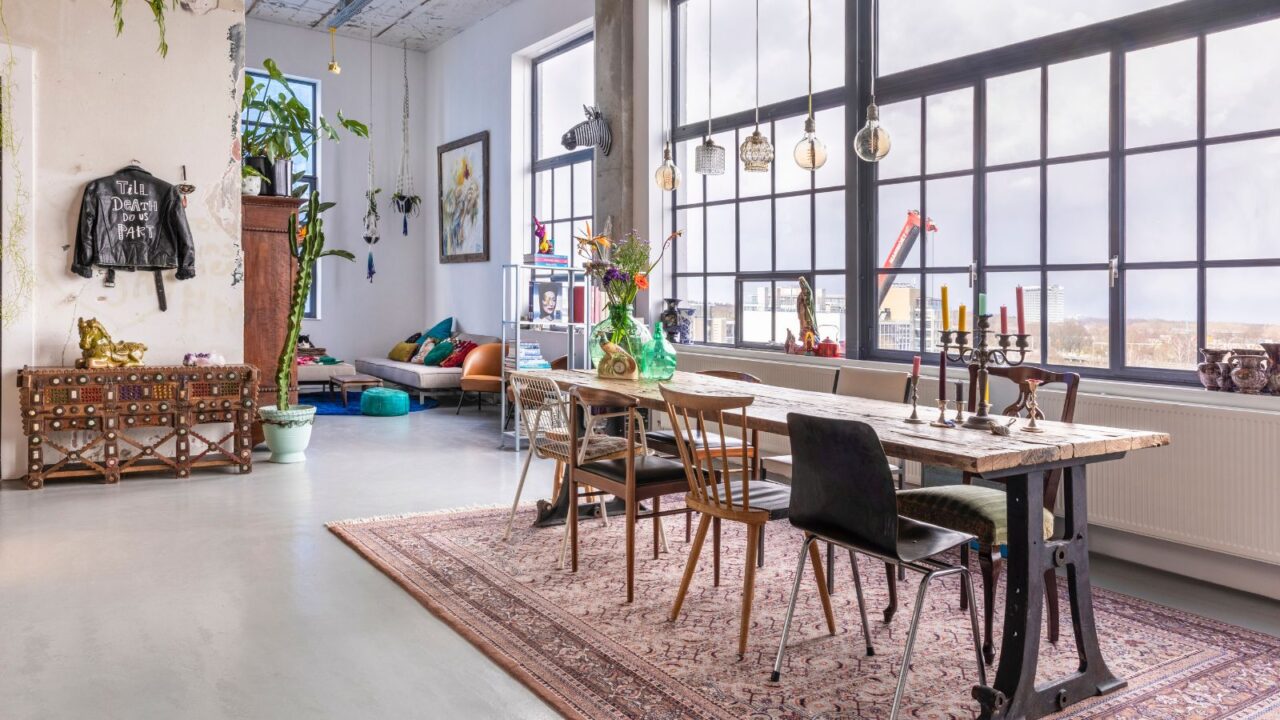
Adding, Not Subtracting
If every time you “edit” your space, you’re actually just squeezing in more pieces, you might be stuck in the overdecorating loop. Real editing means knowing when to take away. Sometimes, removing just one or two items reveals a completely different energy.
Try clearing one surface, one shelf, or one corner. Step back and sit with the difference. Chances are, you’ll feel a little more breathing room and a lot more clarity. Explore how to balance maximalism and minimalism in your home and find your perfect middle ground.
So, is your home a curated treasure trove or starting to feel like a yard sale? Share your thoughts in the comments below.
Read More From This Brand:
- Transform Your Home Office with Dark Maximalism
- Minimalist No More? Why Maximalism Feels So Right
- Is Quiet Luxury Decor Still Worth the Hype?
Don’t forget to follow us for more exclusive content right here on MSN.
This slideshow was made with AI assistance and human editing.